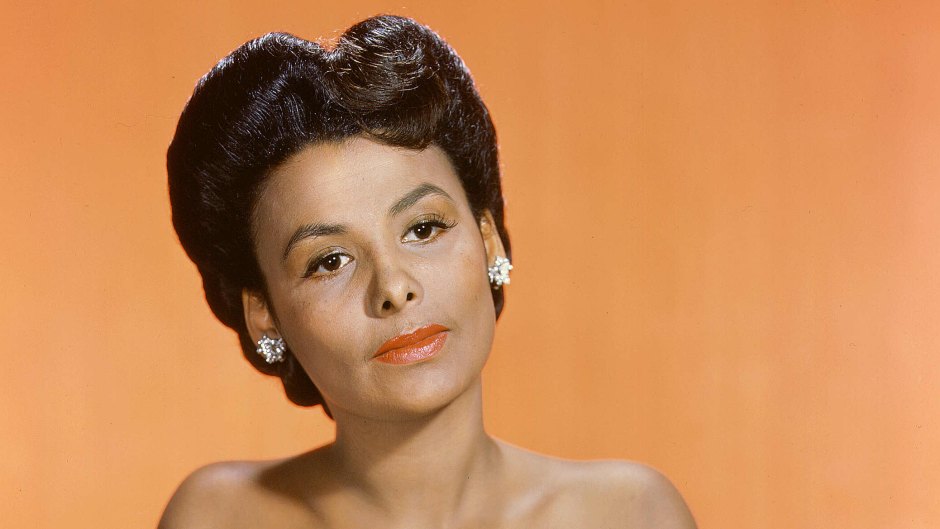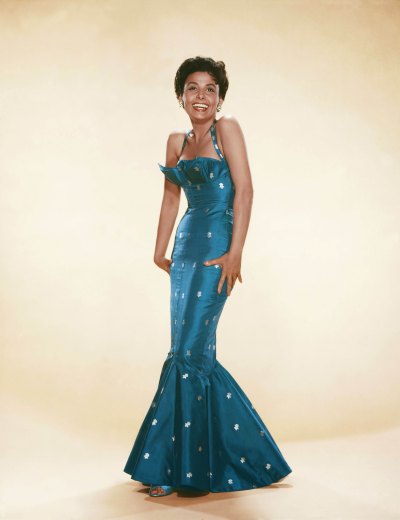
Mgm/Kobal/Shutterstock
Trailblazing Performer Lena Horne ‘Gave Off Sparks’ in Her Fight to Break Barriers in Hollywood
Lena Horne knew how to make an entrance. “When I met her, she was wearing a baggy white suit, very stylish but voluminous, and a white cap and big glasses,” James Gavin, author of Stormy Weather: The Life of Lena Horne, tells Closer. “This getup could not begin to conceal the magnificence of Lena Horne. This woman gave off sparks.”
The singer and actress, who died at 92 in 2010, spent her life sparking inspiration around the world. Hailing from a privileged but troubled family, she was both aided and hampered by her beauty and grappled with racism in Hollywood. Along the way, she broke barriers, becoming the first African American to appear on the cover of a movie magazine, winning multiple awards and continuing to perform well into the 1990s.
“Lena gave everyone a sense that they could age beautifully,” Gavin says. “That they could conquer the world, that no problem was too big to somehow solve if you persevered, if you found a kind of strength within yourself to soldier on.”

Lena grew up longing for love. Born in Brooklyn, her father left when she was 3 and she was mostly raised by her grandparents. “I really never had a mother,” said Lena, whose mom, Edna, was gone for long periods. “She went to work as an entertainer with a Black stock company, and … she didn’t allow my father to be with me. I wanted both, and I couldn’t have either.” Harlem’s Cotton Club hired Lena at 16 as a chorus girl, but her beauty only got her so far. “I was not musical at all,” she admitted. “I picked up something from every musician I worked with.”
She learned tough lessons in love, too. Her first marriage, to Louis Jordan Jones, gave her two children but ended in divorce. She later thought she’d found her soulmate in Billy Strayhorn, a composer and Duke Ellington collaborator, but he was gay. “We would end and start each other’s sentences,” she recalled. “I wanted to marry Billy.”
He became a mentor, and before long, Hollywood called. Lena starred in such films as Cabin in the Sky, an all-Black musical, and Stormy Weather, from which she took her signature song. But racism held her back — because of Jim Crow laws, her scenes were often cut in the South. “No one bothered to put me in a movie where I talked to anybody, where some thread of the story might be broken if I were cut,” she said.
In 1947, she wed MGM music director Lennie Hayton, who was white because, she said, “he could get me into places no Black manager could.” Eventually, her practical marriage also became a love match. During that time, she quit Hollywood, returned to live performing and took up the civil rights cause. “I was always battling the system,” Lena said. “I wouldn’t work for places that kept us out. It was a damn fight … every place I worked.”
She never stopped fighting, and despite the ground she broke, never felt like it was enough. “I was never able to enjoy this damn thing,” she said of fame. “My life has been about surviving. Along the way, I also became an artist. It’s an interesting journey. One in which music became my refuge and then my salvation.”
—Lisa Chambers, with reporting by Fortune Benatar
For more on this story, pick up the latest issue of Closer magazine, on newsstands now.







































